Discovering Goshuin

Many of us have had a chance to visit either a local shrine or a temple in the course of our stay in Japan; being the far-most iconic locations that define Japanese-ness that a foreigner may visit. Usually located close to where we live, most of us realize that these places of devotion has turned into a sort of a cultural center, offering local experiences that is part of many Japanese` world-view.
What is not widely known, however, is the presence of goshuin (御朱印) – sort of a religious proof that one has made the pilgrimage to that particular shrine or temple. Usually masterfully hand-written, these goshuin has seen a resurgence of its popularity in the recent years, as many people even make long trips just to collect them. It is one of the least-known Japanese cultural practices, and it offers an insight into the Japanese mind and soul like none other.
The History of Goshuin
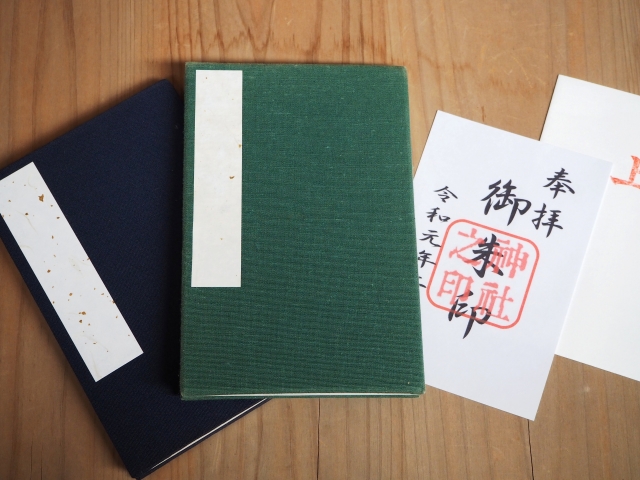
The history of goshuin dates from the middle ages, when temples offered them as a certificate whenever a religious devotee dedicated a Buddhist sutra as a sign of their faith. This became a popular hobby in the Edo period, when traveling became somewhat easier and people began to collect them as mementos of their journeys.
In recent years, collecting goshuin has once again become a popular hobby, with many Japanese, both young and old, participating in such pilgrimages in order to collect them.
What is a Goshuin?
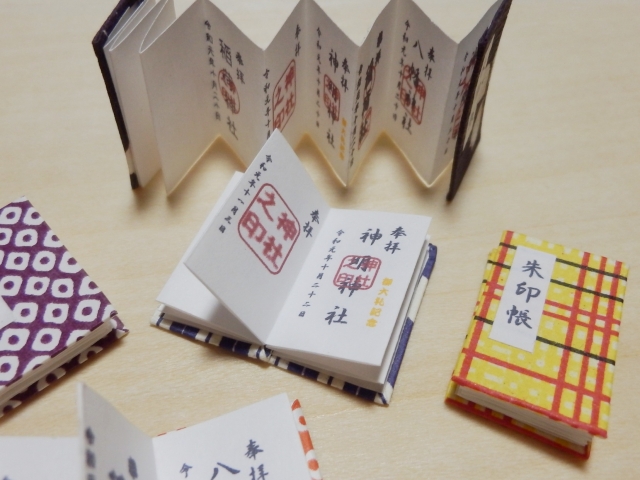
What, then, exactly is a goshuin? It is a combination of seals and writings that a temple or a shrine may offer in exchange for a small fee. Usually ranging from 300 to 500 yen, some of these goshuin are extremely artistic and highly-sought after by some of the collectors.
Although the COVID-19 pandemic has forced many shrines and temples to offer a pre-written goshuin, many of them are directly written and stamped on a pre-arranged booklet called the goshuin-cho, which are usually sold between 800-2000 yen at whenever stationaries are sold. Many of the shrines even have their own goshuin-cho. These are often elaborately decorated in traditional Japanese craftsmanship.
Where to find Goshuin
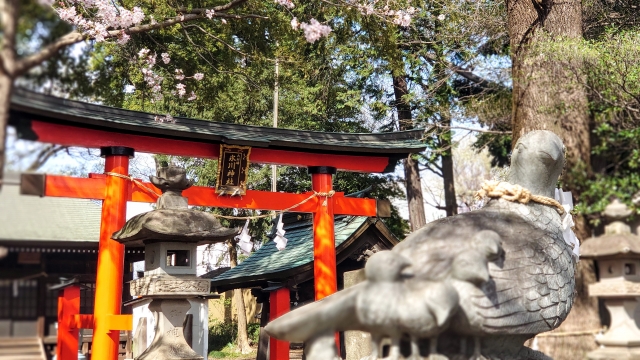
One of the closest shrines to offer such a goshuin in Omiya is the Hikawa Shine. Considered by many to be the local guardian shrine, Hikawa Shrine`s goshuin is quite simple: It lists the day of the visit and the name of the shine, centrally stamped with the shrine`s seal. Its simplicity, however, is masterfully covered by a beautiful calligraphy that many foreigners would surely find the essence of Japan.
Goshuin, though having its origins in acts of religious devotion, has become an easy way to collect memorabilia that traces your steps in domestic travel. Many goshuin-cho`s allow for up to 40 or so goshuin`s to be collected, making it a perfect way to have a memorabilia of your prolonged stay in Japan.
Furthermore, these carefully written works of art are sure to become the center piece of your goods from Japan. In the end, goshuin is an easy way to have a fun, personal experience with a more esoteric side of Japanese culture.
Image Credits:
Cover & other goshuin images (1) (2): hakusyuさんon PhotoAC
(3) Hikawa Shrine image: しろももさん on PhotoAC
All other content provided by the original author.
RELATED
-

A Warrior’s Town Turned Coastal City
Top Photo: charlesdeluvio on Unsplash Japan is a country that has a lot to offer. Often times when people visi… -
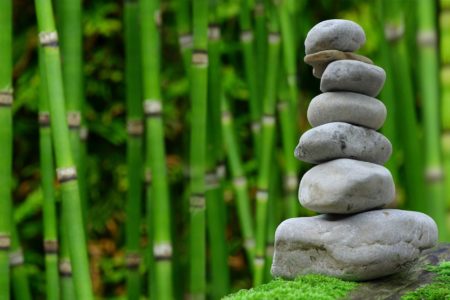
Come for the Shinto, Stay for the Zen
Top Image: Schäferle via Pixabay Buddhist temple in Yamaguchi prefecture.What’s the difference between a shrin… -
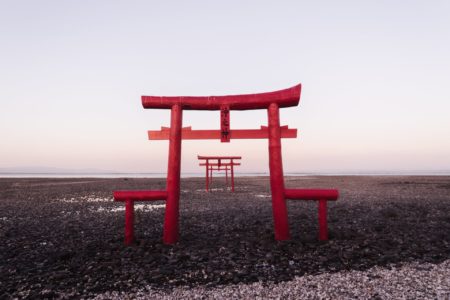
Four Japanese Philosophies For You
Top photo: Ryoji Iwata on Unsplash Japan is rich with philosophical ideas that come from Zen Buddhist philoso…
PEOPLE

Sho Ishii
Local contributor
Has been in Japan for 10 years


